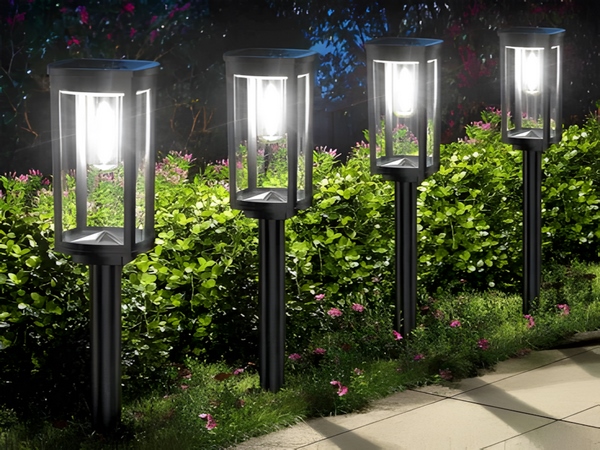

Many new rural areas face more difficulties in electricity usage compared to urban areas. The local power supply network is often underdeveloped, leading to unstable power delivery and frequent outages. As a result, there are very few solar street lights in rural areas, and many places do not have them at all. The absence of street lights creates dark conditions, making it inconvenient to go out and increasing the risk of safety accidents. The introduction of solar street lights in these areas makes installation much more accessible. Therefore, manufacturers of solar street lights should not overlook this market, as careful exploration can yield substantial profits, which is crucial for their development.

Online, there are numerous news reports regarding crime in new rural areas. Although many houses in these areas have been beautifully constructed, public roads may not be well built, and lighting conditions are not optimistic. Consequently, people in the darkness can engage in harmful activities, putting the safety of many villagers at risk. To dispel the darkness in these areas, enough street lights are needed. However, due to the flaws in power supply, even installed street lights may become useless decorations that do not serve their purpose. This situation is certainly concerning for locals, but it also presents an opportunity for solar street light manufacturers.
Solar street lights are a great choice for illuminating newly built roads in rural areas. First, due to economic limitations and low income, solar street lights rely on solar energy and do not require electricity, effectively saving costs and proving to be economical. Secondly, with plenty of cultivated land in rural areas, traditional street light installation processes can be complicated and labor-intensive. Installing solar street lights directly in areas with adequate sunlight requires significantly less manpower and material resources, thereby conserving costs and reducing the occupation of arable land.
Once solar street lights are correctly installed, the sun can provide unlimited energy without relying on power stations. As long as all components remain intact, the lights can continuously function without being affected by power conditions. Therefore, regardless of the electricity situation in new rural areas, solar street lights will not be impacted.
Promoting solar street lights in rural areas is indeed a great idea. The rural environment has fewer buildings, better air quality, and more ideal sunlight exposure compared to urban areas, allowing solar street lights, even with less efficient light absorption, to effectively illuminate the surroundings. Additionally, maintaining and managing solar street lights is much more convenient after installation, and installation teams do not need to send specialized personnel to far-off rural areas for work.
In summary, solar street lights should not solely focus on brightly lit urban areas, but also on the vast dark regions, including rural mountain villages lacking electricity. Once solar street lights successfully enter the rural market, manufacturers can profit significantly while illuminating the nights in new rural areas, enhancing the nighttime experience for villagers and allowing them to enjoy a richer, safer, and more convenient night life without the fear of darkness keeping them indoors.



